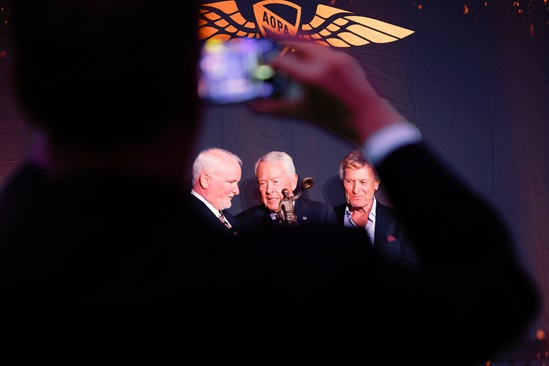If you are one of the pilots in 37 states affected by the closure of 149 control towers, do you remember nontowered procedures? As one AOPA staffer said, “Now we go back to the way we did it 50 years ago.” As you might expect, AOPA has lots of information on proper nontowered procedures. We prefer “nontowered” to “uncontrolled” because the great, unwashed nonpilots of America confuse “uncontrolled” with out-of-control. That’s not the case. If recommended procedures are followed, there is nothing “uncontrolled” about arrivals and departures at an airport without a tower.
AOPA is all about fun and easy training. It’s what we do—well, one of the things we do. Here are some quick links to check out. If you learn best from written materials, we have an Operations at Nontowered Airports Safety Advisor here. If you’d like an easy-learning online interactive course, we have you covered with the Air Safety Institute’s Say it Right online course for radio procedures. It’s one of the most popular courses the institute ever wrote. Need to know runway markings? Our Air Safety Institute gurus suggest these flash cards.
Think you already know this stuff? Find out by taking a quiz, and here’s betting you don’t score 100 percent.
As this was written there were lots of questions but few answers, even though the FAA released a document with some guidance. What about charts showing towered airports that won’t have towers after May 5? (That’s when the last batch of the 149 towers is set to close.) What about student pilots who may have to travel hundreds of miles to find not just a tower, but one that is small enough to provide a manageable training experience? (One FAA spokesman said he does not believe such a problem exists.) What will be the correct frequency to use, given that charts will be wrong? The FAA is counting heavily on its notam system to keep pilots updated on common traffic advisory frequencies.
All that was still being worked out in late March. Here is a general rule to follow: If the tower is closed, use the frequency once used by the tower as the common traffic advisory frequency and provide the usual advisories to other pilots. You’ll find those advisory radio calls in the AOPA materials listed above and in the FAA’s Aeronautical Information Manual. If that frequency is unavailable for some reason, the FAA will work with the airport to find an available frequency. Again, notams are supposed to save the day.
Obviously the restrictions normally associated with the Class D airspace found around and above airports with towers will not be in effect—the same as if the tower had closed for the night.
AOPA plans a webinar on nontowered operations on April 4 at 8 p.m. Eastern.




